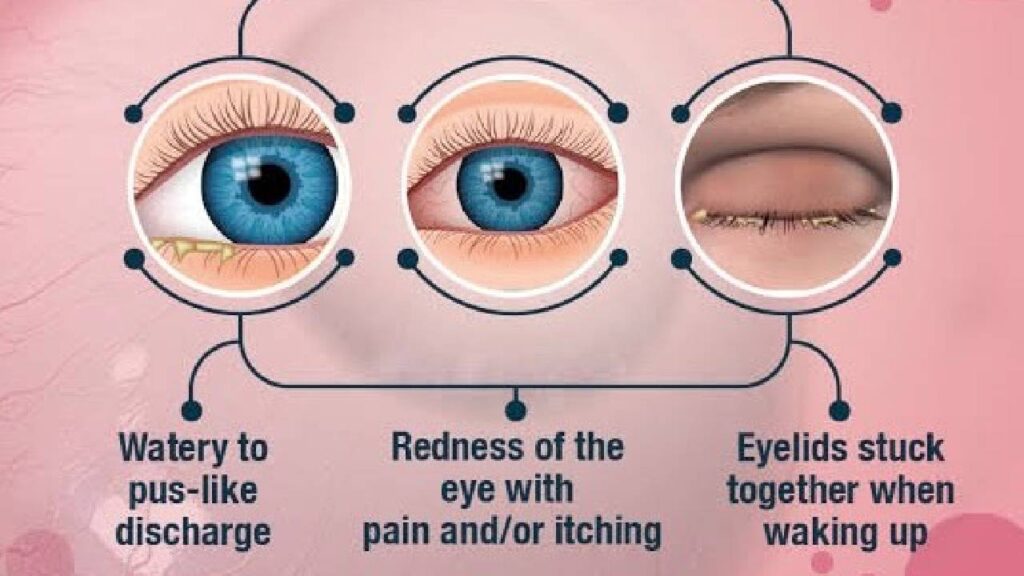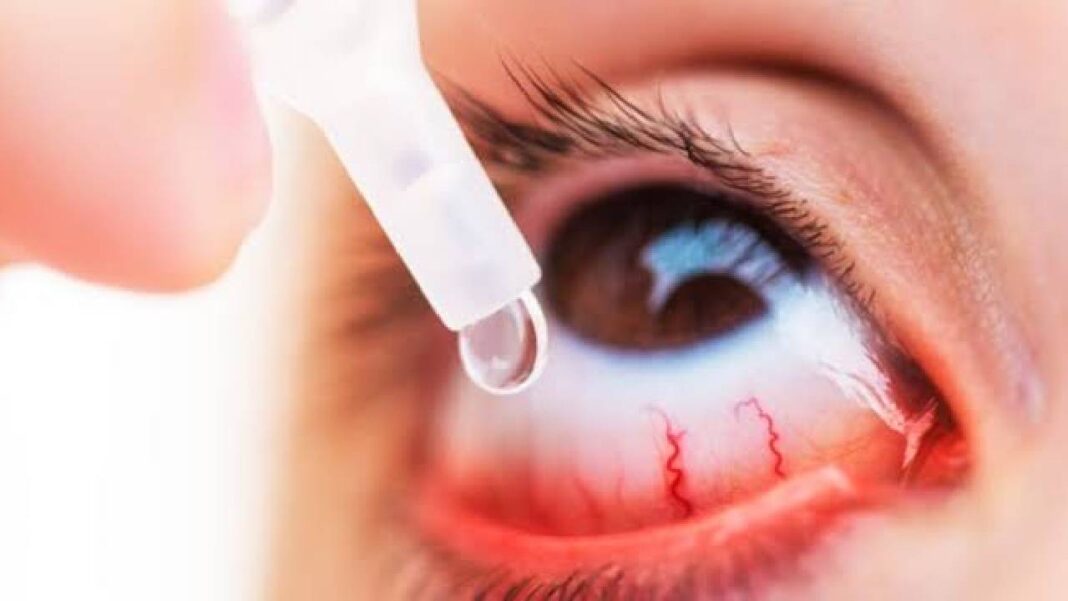PNS| HYDERABAD
Every summer brings a sharp uptick in conjunctivitis cases, with red, swollen eyes becoming a common complaint in both clinics and homes. This seasonal surge is not coincidental. Instead, it is the result of multiple environmental and biological factors working together. The intense heat, rising pollution levels, increased allergen exposure, and more frequent human contact during summer months create ideal conditions for conjunctivitis to thrive. What seems like a harmless red eye is often a complex reaction to the seasonal pressures that affect the eye’s delicate surface.
The Heat Factor
Rising temperatures during summer months create an ideal environment for bacteria and viruses to thrive. Sweat, frequent face-touching, and close physical contact especially in crowded public places like swimming pools and public transport make it easy for infections to spread. Increased heat also tends to dry out the eyes, making them more vulnerable to irritants and microbial invasion.
Viral and Bacterial Triggers
Viral and bacterial conjunctivitis are the two most contagious forms, spreading easily through hand-to-eye contact and contaminated surfaces. Viral conjunctivitis often accompanies cold-like symptoms and is common in group environments such as schools, gyms, and daycare centers. Bacterial forms, although less frequent, result in thick yellow or greenish discharge and sore eyes. Shared towels, makeup, or improperly cleaned contact lenses can quickly pass bacteria from one person to another. Children are particularly vulnerable during summer holidays when outdoor play and group activities increase, while adults may contract it through unclean hands, shared facilities, or poor contact lens hygiene. The combination of sweating, exposure to dust, and higher incidence of touch-based transmission makes these infections widespread during summer.

Allergies and Environmental Irritants
Summer is also a peak season for allergic conjunctivitis, which, while not contagious, can be equally debilitating. The condition results from hypersensitivity to allergens such as pollen, pet dander, dust, cigarette smoke, and pool chlorine. Eyes become red, watery, itchy, and swollen as the body releases histamines in response. Notably, allergic conjunctivitis becomes more prevalent in summer when dry winds and increased vegetation raise airborne pollen levels. While swimming offers relief from heat, the chlorine in pools can irritate already sensitive eyes. Managing these allergies often involves both avoiding triggers and using antihistamine drops or cold compresses to relieve symptoms.
Poor Eye Hygiene
Summer vacations often mean travel and outdoor activities leading to increased exposure to dust, sand, sweat, and dirty water. Children and young adults are especially prone to rubbing their eyes with unclean hands, making them vulnerable to infection. Additionally, improper use of contact lenses, sharing of towels, or not removing makeup properly can all contribute to the rise in conjunctivitis cases.
Pollution and Climatic Influences
Pollution and changes in climate have a strong impact on our eye health. Air pollution, especially from vehicles and factories, releases harmful gases and particles into the air. These pollutants can make allergic eye problems worse and more common. Hot weather, high humidity, and rising ozone levels also affect the eyes, causing more irritation and inflammation. People living in cities are more likely to face these issues due to poor air quality. As the climate continues to change and pollution increases, it becomes more important to protect our eyes and take steps to reduce environmental damage.
Essential Summer Eye Care Tips
-Wash hands regularly and avoid rubbing or touching your eyes.
-Never share towels, makeup or contact lenses with others.
-Stay indoors during peak pollution hours and use protective eyewear outdoors.
-Discard old cosmetics and avoid swimming in poorly maintained pools.
The summer surge in conjunctivitis is not merely coincidental, it’s a result of the perfect storm created by heat, allergens, and an increased exposure to infectious agents. While most cases are mild and treatable, awareness and preventive care are essential to keep your eyes healthy during the hot months. After all, a little caution goes a long way in ensuring your summer remains irritation-free at least for your eyes.
(The author, Dr. Ajay Sharma, is the Founder & CMD of Eye-Q Super Speciality Hospital.)




